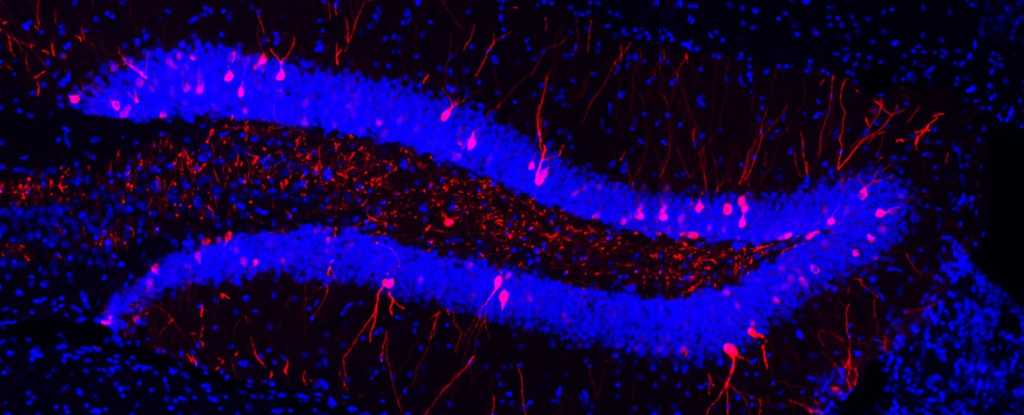A name on the tip of the tongue. That fuzzy feeling when the fact you learned just yesterday floats out of reach. Retrieving memories and information can be annoying at the best of times, and even harder when you’re sleep deprived.
But what if there was a way to reverse that sleep-deprived amnesia and regain those faint memories?
A new study in mice suggests that “forgotten” memories can be recovered days later by activating selected brain cells or using a drug normally used in humans to treat it Chronic obstructive pulmonary disease (COPD), a group of diseases affecting the lungs and airways, including emphysema, chronic bronchitis and asthma.
That might seem crazy, but not so much when you think about what memories are like somehow chemically encoded in brain cells.
And while the possibility of replicating this in humans is a bit fanciful, the study reveals a thing or two about new memories we thought we’d lost through sleepless nights.
past research has shown how even brief periods of sleep deprivation affect memory processes and alter protein levels and brain cell structure. But researchers weren’t sure yet whether lack of sleep impairs information storage and makes it more difficult to access it later, or whether newly formed memories are completely lost when we haven’t slept.
This was the first question that neuroscientist Robbert Havekes of the University of Groningen and his colleagues set out to answer, using mice that were sleep-deprived for 6 hours after examining a cage containing multiple objects.
Days later, the animals didn’t notice that one of the objects had been moved to a new location – unless certain neurons in the hippocampusa small brain region storing spatial information and consolidating memories were activated with light.
This shows that the mice could remember where the original objects were when the hippocampal neurons that encoded that information received a nudge. “The information was actually stored in the brain, but difficult to retrieve,” explained Havekes.
The results suggest that memories thought to be ‘lost’ may still exist in an inaccessible state and can be artificially retrieved, at least in mice.
But the technique used to optogeneticsis an experimental approach that requires genetic modification (to make cells photosensitive) and as such is still far from being applicable in humans.
To experiment more on mice with a less invasive approach, the researchers turned to a COPD drug called COPD roflumilast. The multiple effects of the drug include increasing levels of a specific cell signaling molecule called is diminished if memory is impaired due to lack of sleep.
“When we gave sleep-deprived mice trained roflumilast just before the second test, they remembered, just like they did when the neurons were directly stimulated.” says Havekes.
The memory-restoring effects with roflumilast were visible 5 days after initial training and even longer when both the drug and light activation were used.
While Havekes and his team’s work focuses on deciphering molecular mechanisms of memory and its recovery, their new research raises some age-old questions about how memories — the rich, sensory imprints of past experiences that color our lives — are coded in the muddy brain tissue.
For centuries, scientists have pondered and searched for networks of brain cells in which they believe different memories are stored. Called engramsIt is believed that the connectivity and strength of these networks are key to storing memories.
At times the existence of engrams as the basic unit of memory has been questioned. But memory engram research has one recent revival Now that scientists have the right tool to manipulate individual populations of brain cells: optogenetics.
Using optogenetics, researchers elicited fear-related “freezing” responses in mice by reactivating a subset of hippocampal neurons that were active during an earlier, fearful experience.
They have that too sown a false memory This caused mice to fear and even fear footshock in the absence of environmental cues stimulated memory retrieval in amnesiac mice, serving as an early model Alzheimer Illness.
While it remains in the realm of animal research for now, the long-term goal of this type of research is to understand how information is acquired, stored, and retrieved in humans — and possibly one day find a way to help people with impaired memory .
“Of course it’s all speculation at the moment, but time will tell,” Havekes said says.
The study was published in Current Biology.





